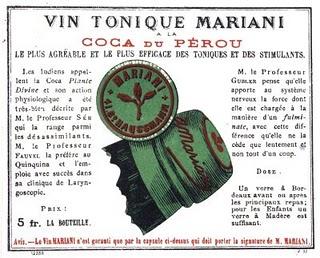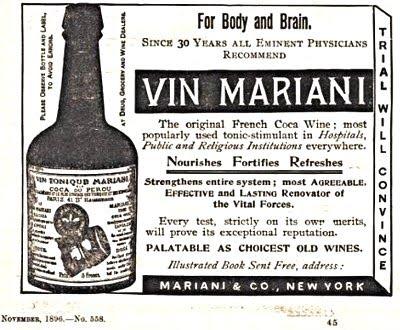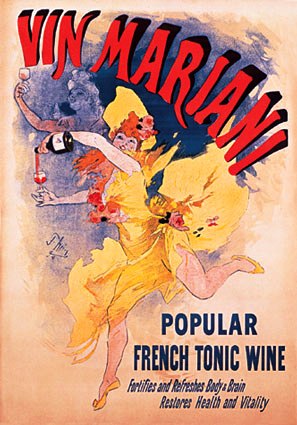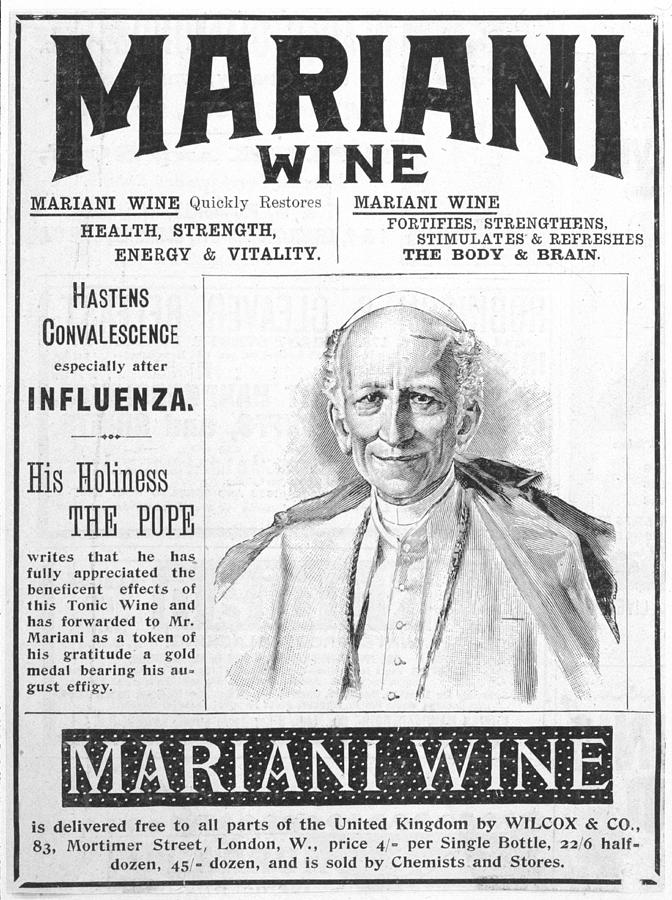The botanist Alberto Vojtěch Frič named the genus of the Tunilla 'Airampoa'. Sources state the name 'Ayrampo' to be of Quechuan origin [1] [8]. Therefor several other transcriptions exist, like "Ayranpu [7] [8]", "Haranpu [8]", "Ayrampu [6]", "Airampo [2] [3] [6]", "Airampu [9]" or "Irampo [1]".
 >Ayrampo - Ein andiner Feigenkaktus
>Ayrampo - Ein andiner FeigenkaktusHabitat
Ayrampo is an endemic species in the south of Peru, Bolivia, north of Chile and the north of Argentina in heights above 3'000m [5]. It grows strongest between 3'300 and 4'000m. [5]Human usage of Ayrampo
Technical use
The flower and fruit are natural dyes, having a dark carmine color used for dying fibers like wool. [2] [5] [6] [9]Culinary use
Medical use
- Antipyretic
The infusion made with the seeds reduces or limits high fever. [2] [3] [4] [6] [8] - Antiphlogistic
The infusion is also a treatment against inflammations [5] of mucous membranes, like conjunctivitis (extertanally) [4] [6] [8] or ulcers like aphths (recurring oral aphthae and recurrent aphthous ulceration) [1] [4] [6] or peptic ulcers [2]. - Laxative
The juice of the quenched cladodes has a purgative effect. [1]











 This Blog is dedicated to "
This Blog is dedicated to "






